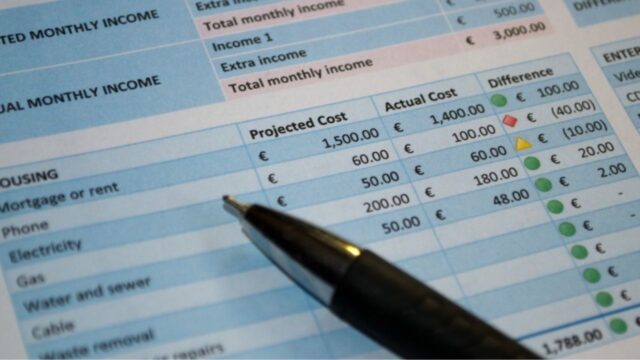
What is a bill of exchange
A bill of exchange is a written instrument that orders a person to pay a sum of money to another person. It is typically used when one business owes money to another business and the debt needs to be settled. The bill of exchange will state the amount of money that is owed, the date by which it needs to be paid, and the name of the person or business to whom the payment should be made. If the debt is not paid by the specified date, the bill of exchange can be used as a legal document in order to compel payment. In some cases, a bill of exchange may also specify that the debtor will pay an additional sum of money (known as interest) if the debt is not paid on time.
Advantages of using a bill of exchange
One of the main advantages of using a bill of exchange is that it can help to reduce the cost of borrowing. By using a bill of exchange, businesses can avoid the fees associated with traditional forms of borrowing, such as bank loans. In addition, a bill of exchange can help to manage liquidity risk. By providing a fixed date for repayment, a bill of exchange can offer certainty in an uncertain market. This can be particularly useful for businesses that operate in volatile industries. Finally, a bill of exchange can help to improve cash flow management. By providing flexibility in terms of when payments are made, a bill of exchange can give businesses more control over their finances. As a result, a bill of exchange can be a valuable tool for business owners and financial managers.
Disadvantages of using a bill of exchange
There are a few potential disadvantages to using a bill of exchange when conducting business transactions. First, if the bill is not paid on time, the issuer may incur late fees or interest charges. Second, there is always the risk that the payer may default on the bill, which could result in the issuer having to pursue legal action to recoup the funds. Finally, bills of exchange can be somewhat complex documents, and both parties may need to seek out professional assistance in order to ensure that all of the terms and conditions are understood and agree to. Overall, while there are some potential drawbacks to using a bill of exchange, it remains a popular and useful tool for many businesses.
When is it appropriate to use a bill of exchange
This type of contract can be used for both business and personal transactions. For businesses, a bill of exchange can be used to finance large purchases, such as equipment or inventory. It can also be used to settle debts between companies. For individuals, a bill of exchange can be used to finance a major purchase, such as a car or a home. It can also be used to consolidate debt or to make other large financial commitments. In general, a bill of exchange is an extremely versatile tool that can be used in many different types of situations.
How to write a bill of exchange
In order to write a bill of exchange, the drawer must first specify the amount of money to be paid, the date on which payment is due, and the name of the party who is to receive the payment. The drawer must then sign the bill and hand it over to the payee. Once the bill is presented for payment on the due date, the payer will be required to provide the funds. If the payer is unable to do so, they may be liable for any resulting penalties or interest charges.
How to negotiate a bill of exchange
In order to negotiate a bill of exchange, it must first be endorsed by the drawer. The endorsement indicates that the drawer is willing to accept responsibility for the debt. Once the bill has been endorsed, it can be presented to the drawee for payment. If the drawee is unable to pay the full amount of the bill, they may negotiate with the endorser to reach an agreement on a partial payment. By negotiating a bill of exchange, both parties can come to an agreement that is beneficial for them.
What are the different types of bills of exchange
There are three main types of bills of exchange: promissory notes, checks, and drafts. Promissory notes are the simplest type of bill of exchange, and they are typically used for personal loans or payments. Checks are more commonly used for business transactions, and they can be either cashable or non-cashable. Drafts are the most complex type of bill of exchange, and they are typically used for international payments. Each type of bill of exchange has its own specific features and uses, so it is important to choose the right one for your needs.
Conclusion
In conclusion, a bill of exchange is a financial instrument that can be used for a variety of purposes. It is commonly used in trade transactions, but can also be useful in other situations such as loans and currency exchange. Understanding how a bill of exchange works is essential for anyone who wants to make use of this useful tool.

































